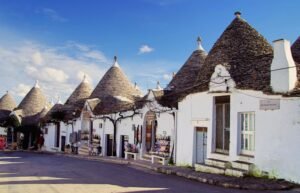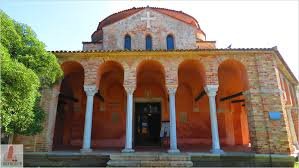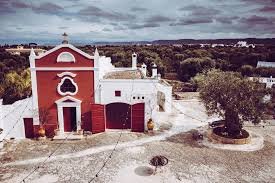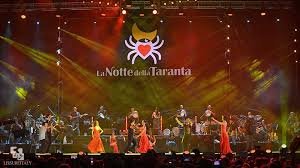Puglia, the stunning heel of Italy, is a region with a fascinating history and rich culture. Over the centuries, various civilizations—from the Greeks and Romans to the Normans and Byzantines—have left their mark on this area. Today, Puglia boasts a unique blend of architecture, traditions, and art, giving the region its distinctive charm. Join us on a journey through the history and culture of Puglia.
The Trulli of Alberobello – Fairytale Architecture
One of Puglia’s most iconic landmarks is the trulli houses in Alberobello. These whitewashed, cone-shaped structures, recognized as a UNESCO World Heritage Site, are unique to this region. Dating back to the 14th century, the trulli were built using dry-stone techniques without cement, a method that once offered tax advantages.
The old town of Alberobello is a fairytale maze of narrow streets and white walls. Stroll through the Rione Monti district and visit the Trullo Sovrano, the largest trullo in the town, to learn more about the history of these unique buildings.

Lecce – The Florence of the South
Lecce, known as the “Florence of the South,” is a baroque city filled with art and history. The city flourished in the 17th century when Lecce’s architects used the region’s soft limestone to create intricate and ornate buildings.
Highlights in Lecce include:
Wander through Lecce’s narrow streets, admire its baroque balconies, and enjoy a pasticciotto at one of the many cafés.

Greek Influences in Puglia – The Griko Communities
In the southern part of Puglia, you’ll find traces of Greek colonization, which began in the 8th century BCE. Known as “Magna Graecia,” this area showcases a unique blend of Italian and Greek cultures.
The Griko communities in villages such as Calimera, Sternatia, and Zollino still speak an ancient dialect related to Greek. Local traditions, music, and dances like the pizzica have deep Greek roots. Visit these villages to experience their unique atmosphere and taste traditional dishes like pittule (fried dough balls) and taralli.

Byzantine Influences and Norman Legacy
Puglia was once an important part of the Byzantine Empire, and its influence is still visible today. Many churches and frescoes, such as those in Santa Caterina d’Alessandria in Galatina, display Byzantine styles.
In the 11th century, the Normans conquered Puglia, building castles and cathedrals. One of the most striking monuments is Castel del Monte, an octagonal castle built by Emperor Frederick II. This architectural wonder, also a UNESCO World Heritage Site, is a symbol of Puglia and offers breathtaking views of the surrounding landscape.

The Masserie – Rural Traditions
The masserie, traditional fortified farmhouses scattered across Puglia’s countryside, are a key part of the region’s culture. These historic buildings date back to the 16th and 17th centuries and were once self-sustaining estates. Today, many masserie have been transformed into luxury accommodations and restaurants where you can enjoy local dishes and products like olive oil, wine, and cheese.

The Feast of the Taranta – Music and Tradition
Puglia is also renowned for its traditional music, such as the pizzica, an energetic dance originating in the Salento region. Every August, the La Notte della Taranta festival takes place, one of Europe’s largest folk music festivals. Thousands of visitors come to enjoy the electrifying rhythms and hypnotic dances.

Discover Puglia’s Culture and History
Puglia is a region that treasures its past while warmly welcoming new visitors. From the fairytale-like trulli in Alberobello to the lively music of the pizzica, and from the baroque splendor of Lecce to the Greek influences in the south, there is so much to explore.
Plan your trip and let yourself be enchanted by the history and culture of Puglia.